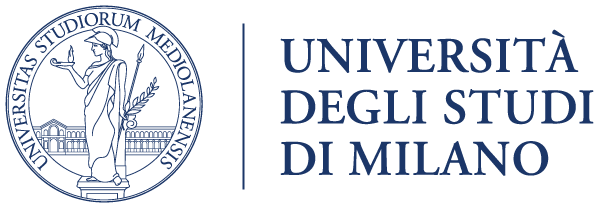Potential Biases of the Transmission Risks of COVID-19 estimated by Contact Tracing Surveys in Japan
DOI:
https://doi.org/10.54103/2282-0930/20757Keywords:
spatio-temporal epidemiology, COVID-19, active epidemiological surveillance, evidence-based policy-making, infection risk, spreading risk, simulation studyAbstract
Introduction: Contact tracing surveys are being conducted to identify and isolate close contacts of an identified patient to reduce the spread of coronavirus disease (COVID-19). However, the estimates of risk indexes based on information obtained from the surveys and normally used in practice can have biases comparing with true magnitude of risks of infection and spread.
Method: We evaluated whether the estimates of the risk indexes obtained from information of the active epidemiological surveillance, contact tracing surveys in Japan, are suitable for quantitative assessment of the risk factors of COVID-19, using pseudo data via a simulation study. We discussed two types of risks considered in the issue of infectious disease, the probability of infection and that of spreading, and the estimates of these risks.
Results and Discussion: A naive method to estimate the risks of infection and spreading of COVID-19 is to calculate the ratio of infected patients to close contacts and the ratio of patients who infected others to all the confirmed patients, respectively. However, these estimates could possibly have significant biases and result in being ineffective for both the exploration and the quantitative assessment of the risk factors in the following ordinary cases: a person contacts closely with many confirmed patients, or a confirmed patient contact closely with many people. Then, some steps are needed to reduce such possible biases for the estimation the risks of both the infection and spreading of COVID-19.
Downloads
Published
Issue
Section
License

This work is licensed under a Creative Commons Attribution-ShareAlike 4.0 International License.




